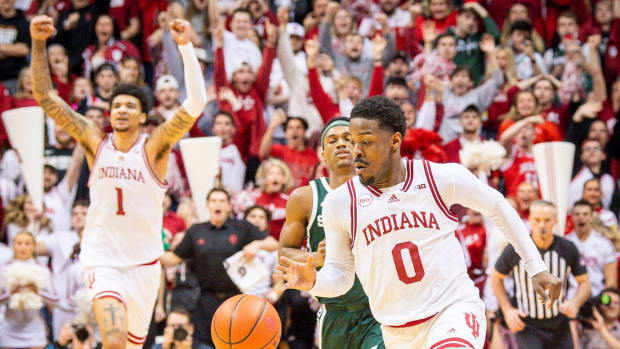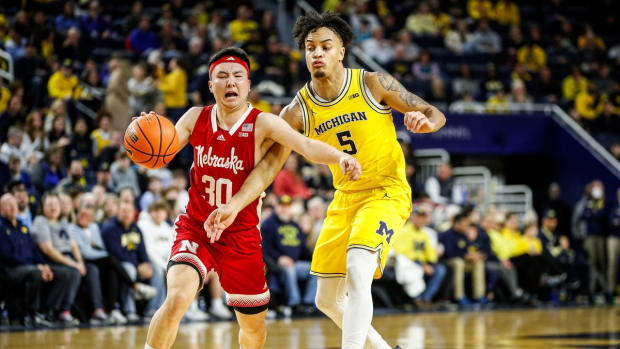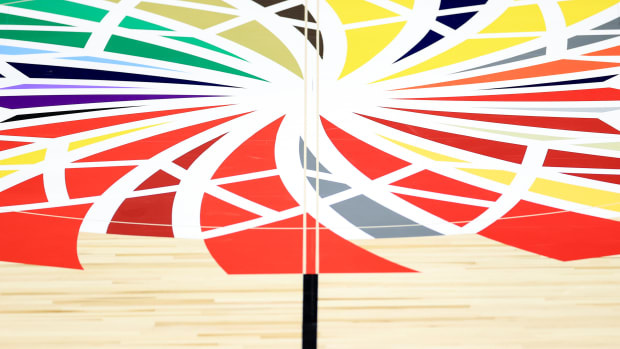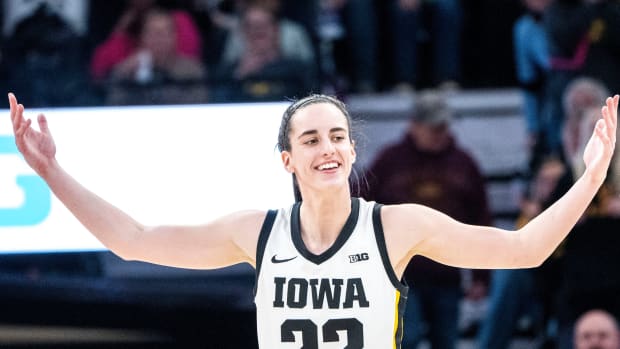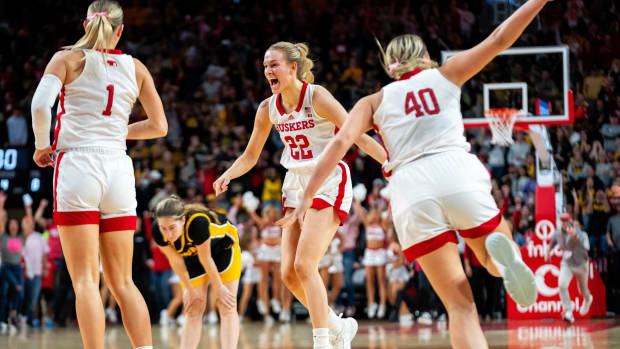Howard's Choice: To Aggressively Pursue Five-Stars Or Not
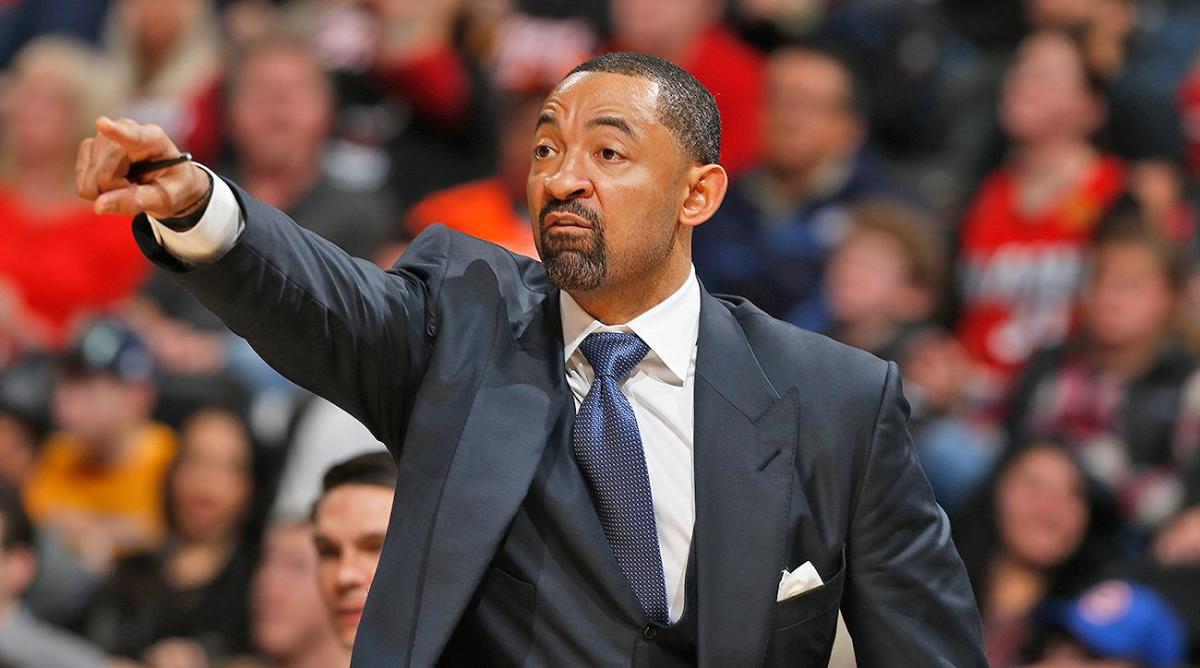
There is a reason college recruiting is often compared to a roller coaster, as Michigan found out this past week.
As close to a 247Sports.com crystal ball lock as they come - 10 of 11 votes had five-star Josh Christopher headed to Ann Arbor - the California native surprised seemingly everyone when he announced for Arizona State at 11:24pm EST April 13.
Then, a little more than 12 hours later, five-star Isaiah Todd, who had been committed to U-M since Oct. 17, 2019 (but had refused to sign a letter of intent in the fall) announced he would pursue a professional career, decommitting from the Wolverines after 180 days as a Michigan pledge.
Michigan fell from fourth in the national team recruiting rankings to 12th, still the highest in the Big Ten, with three Top 100 players. Throw in the addition of grad-transfer Mike Smith April 10, and Juwan Howard has still done very well for the Maize and Blue program going into the 2020-21 campaign. But ... what might have been.
Such is life in the high-stakes gamble of pursuing five-star prospects. I spoke about this on my April 15 radio show, of the inherent risk in expending resources on recruits who overwhelmingly sign with a select few programs.
In fact, of the 235 five-stars (per 247Sports.com) over the last 10 recruiting classes (2011-20), 55.7% signed with just six schools: Kentucky, Duke, Arizona, North Carolina, Kansas and UCLA.
Michigan, under John Beilein and now Howard, extended offers to 31 of those five-stars but signed just one: Glenn Robinson III in 2012, for a success rate of 3.0%.
There have been plenty of near-misses, too many heartbreakers to list them all. One of the primary reasons Howard was hired was to turn those recruiting-trail losses into wins, and in just six months, he had done that, earning a verbal from the nation's No. 12 recruit (Todd).
Fast-forward to late winter/early spring and Michigan was the clear favorite to sign the No. 10 recruit (Christopher). It was a coup, and portended that Howard could overcome obstacles on the recruiting trail for above-the-board staffs.
On the court, Howard scored marquee victories over North Carolina, Gonzaga and Michigan State, and had U-M at least in the NCAA tournament as a 6 or 7 seed. It was a hugely successful first season for the former Fab Fiver, a likely best-case scenario for a fan base that had every reason to be skeptical of tabbing a first-time head coach to run its basketball program.
In the end, though, the five-star pursuits unraveled just as they had under Beilein when Michigan was ever the bridesmaid. It's a feeling U-M fans know all too well, yet this round of gut-punching feels especially stinging because Howard is exactly the kind of coach it shouldn't happen to. And that's no fault of Howard. By all accounts he did everything right. It's just ... college basketball recruiting.
And that's the thing, is it worth it? Those six programs mentioned above have accounted for more than half of all the five-stars but have just three NCAA titles between them during the last decade.
Virginia, Villanova (twice) Connecticut (twice) and Louisville won national championships this past decade and combined for just 10 five-stars over the last 10 classes.
UVA, the 2019 champ, hasn't had a five-star since the 2007 class. The Cavaliers' highest-rated recruit on their title-winning team was No. 37 nationally (Kyle Guy).
Is there a correlation between having the most five-stars, or even having some, and being successful? Certainly it helps. Duke has had 27 five-stars over the past decade and has finished in the AP Top 25 8 of 10 seasons (though just one Final Four), but Arizona, third for the decade with 16 five-stars signees, had three Top 10 finishes and never played in a Final Four.
Michigan, of course, had just that one five-star (Robinson) but finished Top 10 four times and played in two NCAA Championships.
What does it all mean? I don't know. But the importance of signing five-stars seems to be overblown and the energy poured into pursuing them must be measured considering how difficult it is to actually get their name to ink for programs like Michigan that steer clear of "gray" areas in recruiting.
The Big Ten overall has signed just 14 of those 235 five-stars (Indiana has had half, seven), or 6.0% of the total. Admittedly, the conference fell short of winning a national title during that 10-year span, but it had seven Final Four teams (three NCAA runners-up), tied with the SEC for the most Final Four appearances.
In the 2021 recruiting class, Michigan has already offered nine five-star recruits and is not considered the crystal-ball leader for any of them (two have already committed, to Indiana and Duke).
Howard's challenge is to identify which of those nine, and future five-stars, are really worth the trouble because there is something to be said for getting the "right" phenom: Villanova's two five-stars (Jalen Brunson in the 2015 class and Omari Spellman in the 2016 class) helped propel the Wildcats to NCAA championships in 2016 and 2018.
College basketball recruiting is not for the faint of heart, and the obsession with five-stars doesn't appear to carry much merit, at least as it pertains to March Madness success. It's up to Howard to decide how much of his recruiting game plan should be invested in five-stars and whether U-M needs one or two (or more) to be the final team standing on the first Monday of April.

